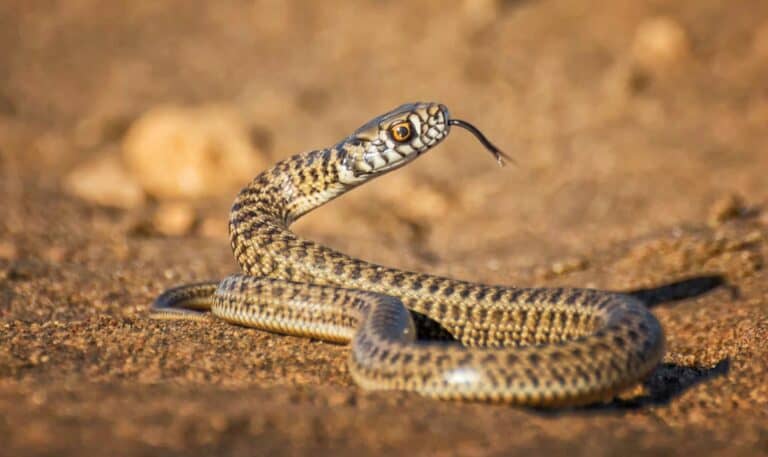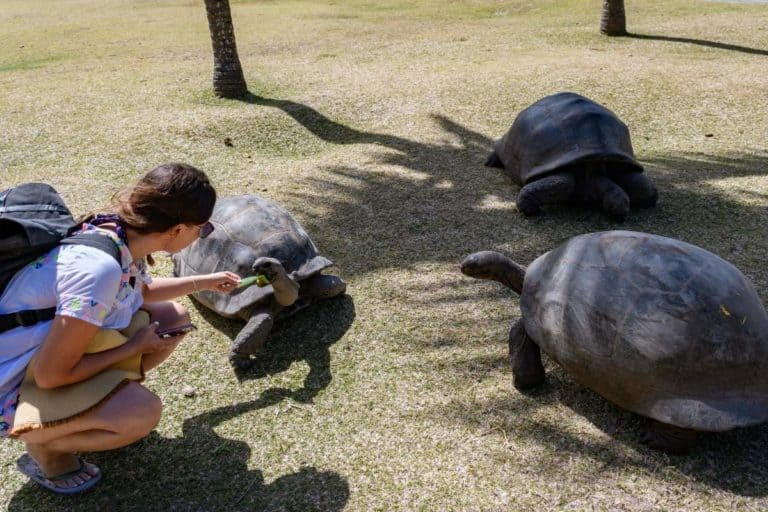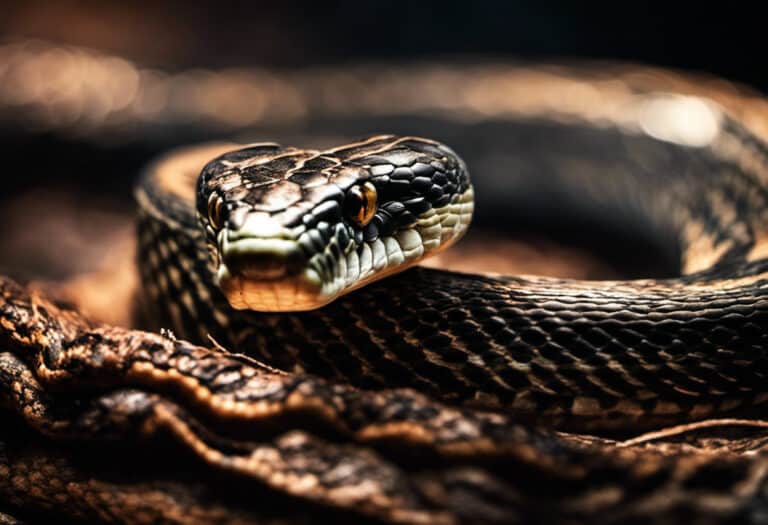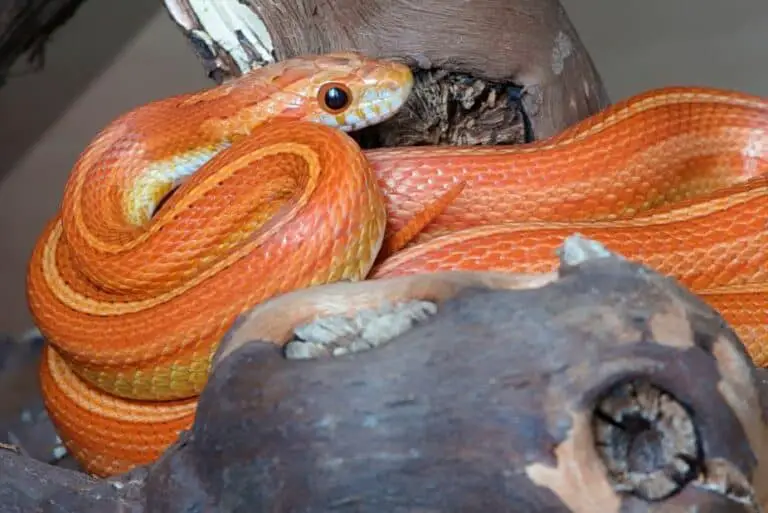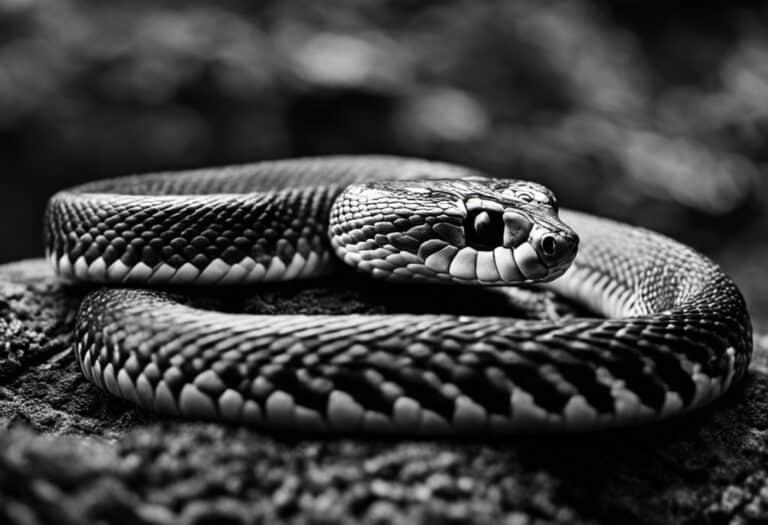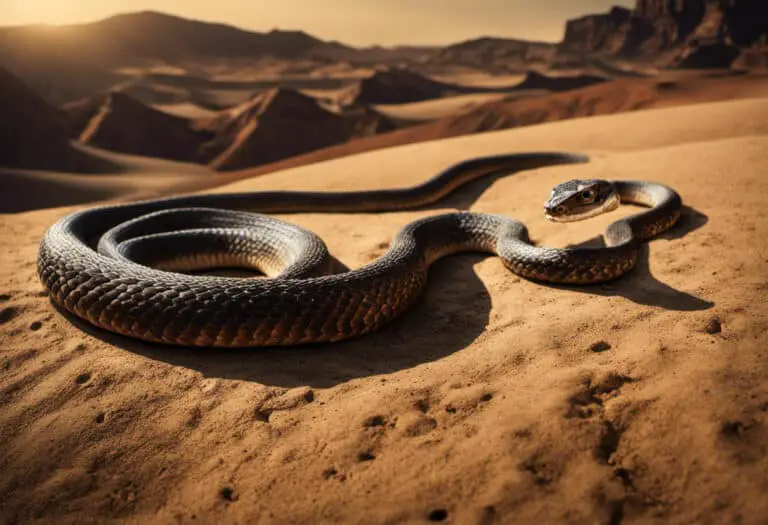How do Turtles die? Here are the Facts!
Turtles can die several different ways. If they are kept in unsuitable habitats, their environment quickly becomes toxic, killing them.
If someone decides to keep them as pets but does not want the responsibility of taking care of them properly, they will often dump or release their turtles into the wild to fend for themselves.
This is extremely dangerous for the turtle, which is not suited for living in the wild.
- Turtles can also die by being hooked on fishing lines or getting caught in fishing nets.
- Many turtles become killed when they are accidentally hit by boat propellers while swimming or basking at the water’s surface.
- Turtles can die if they ingest synthetic materials, often mistaken for food.
- They can also become killed by ingesting toxic substances like oil or other chemicals that pollute the waterways.
- Turtles are also at risk of becoming prey for large predators like coyotes, alligators, raccoons, and birds of prey.
Turtles aren’t really built to live very long lives either.
Some turtles only live for a few years in the wild. Turtles often die before they reach maturity, which is around age twenty.
A turtle’s shell is made from ribs and vertebrae that have been fused together. So when a turtle dies, it can be challenging to determine how an individual died without further testing from a specialist.
The best way to ensure a turtle does not die is to ensure it stays in its natural habitat and is not forced into an unsuitable one.
Turtles should also be kept as pets only when they are wanted and then correctly cared for so that they do not become released into the wild or misplaced where anyone could steal them.
Why do turtles die at home?
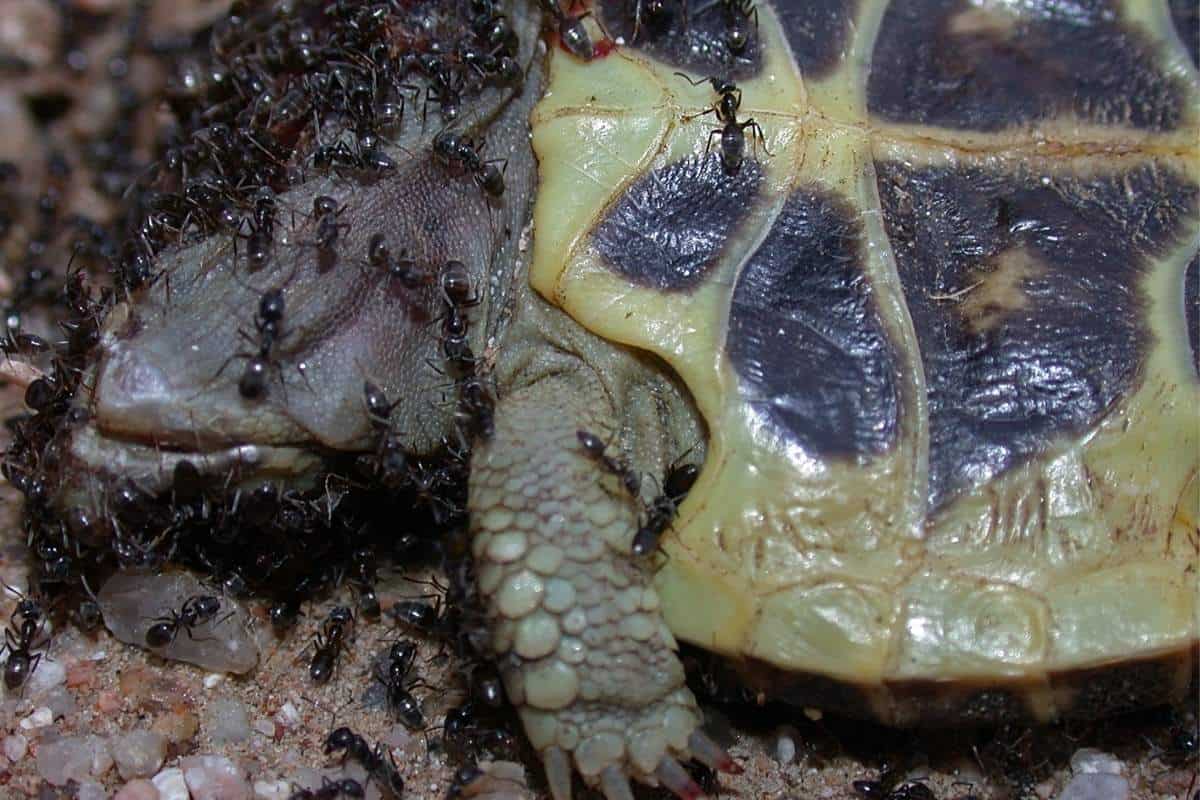
When they are introduced into the house, many things may happen to turtles because they are cold-blooded animals that do not generate heat. This implies that many issues might occur once they enter the home!
- Turtles need sunlight, and many people do not have adequate room in their houses for a part of their tank to have sufficient sunlight.
- Turtles also need big tanks, which is difficult for many people to accommodate without having a ridiculous number of rooms in their house or a large budget!
Additionally, turtles require a lot of maintenance and care that many people do not understand how to provide.
Many people will see turtles as cute and buy them as pets for their children, but not teach them how to do the upkeep they need to survive.
- Many turtles also die from eating plastic or synthetic materials that fall into their tanks and clog up their intestines. This can be prevented by keeping lids on your turtle’s tank!
- Turtles are prone to sickness and even death due to pollution. Even the best veterinarian is unable to save them in many situations.
Turtles often die from other problems in the home, but these are some of the most common causes.
How can you tell if a turtle is dead?
If the turtle is NOT breathing, then it’s probably dead. If you’re not sure if it’s alive or not, you can assume that it’s dead unless proven otherwise.
How do you know if a turtle is alive?
You can determine if a turtle is alive by checking if its skin has color and how big the turtle’s pupils are. A dead turtle will have pale, white skin and tiny pupils. Also, if you poke it with a finger, it won’t move or react to your touch. If it moves, then it’s alive!
What can you do if your turtle is dying?
The best thing to do for your dying turtle is to get it to a vet.
He will be able to give your turtle the proper treatment that it needs to survive long enough for you to raise money for the treatments or anesthetize it (if your turtle is in pain).
If you’re unable to transport your ill turtle to a doctor, make sure its cage is clean and warm, as well as offer it some food and water.
Five stages of decomposition of a dead turtle:
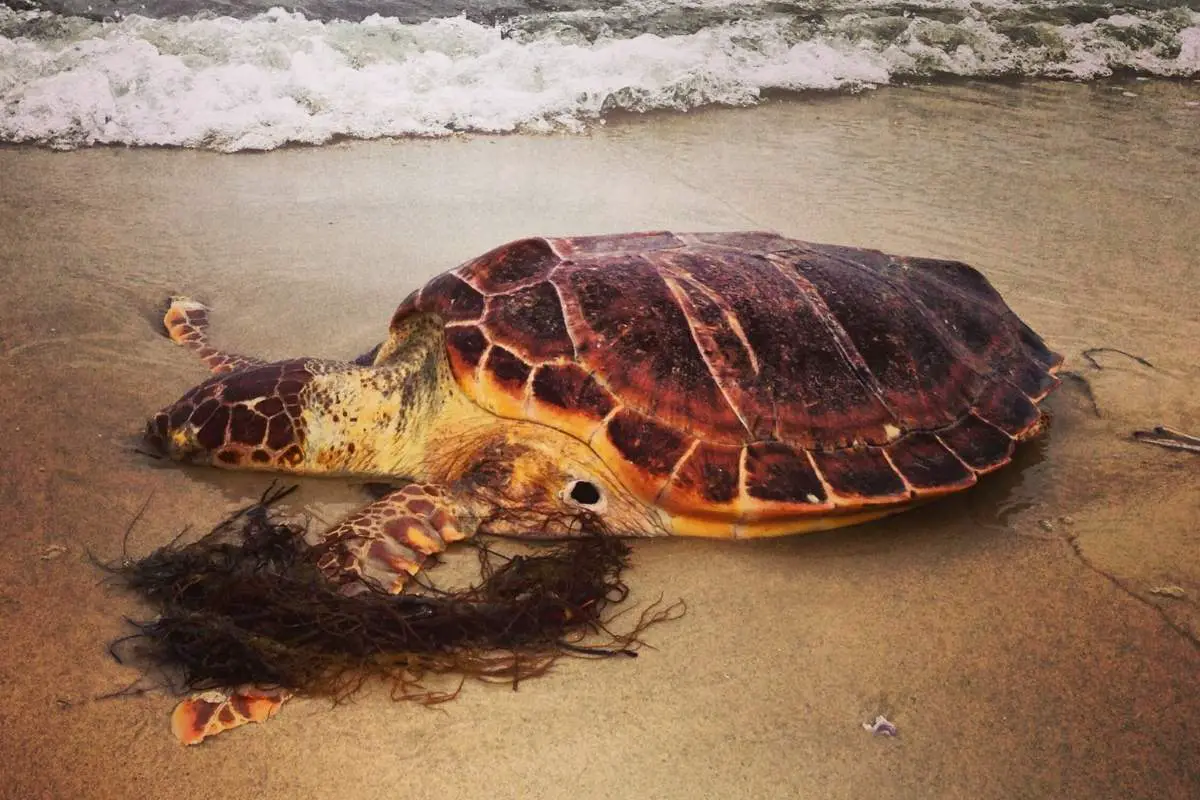
Discoloration
Decomposition begins with the discoloration of the skin due to chemical changes in the tissues.
Bloating
As decomposition progresses, blisters commonly known as ‘wet spots’ appear on various parts of the body. A thick, yellowish fluid seeps out of them when these bursts open. This fluid is decomposed blood released as pressure builds up inside the body.
Skin slip
As decomposition goes on, the skin about the neck usually loosens and slips off, exposing the head beneath. At this stage, you can generally make out the shape of the turtle’s skull, jaws, and front legs through its translucent skin. The eyeballs are also visible through the thin tissue.
Putrefaction
Skins of turtles lose their essential elements (water, proteins, and salts) during decomposition, which leads to putrefaction (corrosion caused by bacteria). Definitively foul odors are released as the turtle’s body is broken down by bacteria feeding on it. This stage can be highly disgusting to humans and other animals, so make sure to keep your distance from the turtle.
Decomposition.
When all water is lost during decomposition, a dry skin shell remains, quickly rubbing off if touched. The skull and jaws are also exposed at this stage. Decomposing tissues may attract maggots and flies in even more significant numbers than before.
A turtle’s death is characterized by the presence of:
Symptoms: 1. The limbs will stiffen and become immovable. The muscles will then atrophy, and the skin becomes loose.
Symptoms: 2. The jaw will fall open, and the eyes will empty, causing the eyelids to turn inside out.
Symptoms: 3. There may be a greenish discharge from its nostrils, mouth, and ears. Greenish fluid is also found in the lungs of dead turtles because of hypoxia. Poisoning by drinking water contaminated by heavy metals or organic compounds causes a greenish color.
Symptoms: 4. The internal organs will stop working, and the digestive system will shut down because of bacterial infection.
Symptoms: 5. A dark green discharge from its anus contains large amounts of digested blood (which indicates internal bleeding).
Symptoms: 6. The turtle’s stomach and bladder will become bloated and distended.
Symptoms: 7. The body may become very rigid, increasing its weight by 40%.
If you find a dead turtle:
- Place it in a plastic bag tied shut (You may also place the dead turtle in a bucket or box).
- Place the dead turtle in a freezer or refrigerator.
- If a vet is close by, take the turtle to them for proper disposal.
Do turtles die with their eyes open?
Yes, a dead turtle’s eyes will sometimes be partially open. When the muscles that regulate the eye’s lens relax, the eyelids separate, and you may notice a thin layer of liquid between them.
This liquid acts as a ‘lubricant,’ allowing the lids to separate easily as they become dry during decomposition. The hard part of the eye, known as the ‘crystalline lens,’ remains intact even in a dead turtle’s eye.
Why do turtle shells decompose slowly?
The shells of turtles and tortoises are complex structures. The outside layer (the scute) comprises the epidermis with protein fibers to strengthen the scutes.
This protein also makes the shell water-resistant.
Beneath this outer layer lies a middle layer of keratin (also found in hair and nails), and beneath this is the third layer of calcareous material known as the osteoderm.
This shell acts like a suit of armor that protects the turtle from outside threats.
Turtles can grow new shells because their skeletons are inside the cavity where all internal organs reside.
Turtles and tortoises can actually vary in size by up to 25% (a 25% change in shell size) throughout their lifetime.
They can grow new shells because they can ‘shed’ old scutes at certain times during the year, allowing the turtles to replace them with larger ones.
When a turtle’s body decomposes, minerals in its connective tissues are released into the shell. These minerals turn the cover into a solid stone that becomes very hard and heavy.
For this process to begin, bacteria in the turtle’s body must break down its organs so they can be reabsorbed by its body for nourishment.
This is when you might see a greenish-black fluid oozing out of the turtle’s nostrils, mouth, and anus. When this occurs, it means that the body tissues are breaking down to be absorbed by the turtle’s shell.
Why do turtles’ shells turn really hard after decomposing?
Living turtles contain a mineral known as ‘calcium phosphate’ in their skeletal structures, which makes up about 40% of the weight of their bones.
This mineral gives turtles and tortoises their solid appearance and makes them so buoyant in water.
When a turtle dies, this mineral begins to dissolve in water which is why you’ll discover that a dead turtle’s shell becomes very soft when it is decomposing.
It will eventually become so soft that it will be difficult to pick up and fragile.
But, when a dead turtle’s shell is exposed to air, the calcium in its bones becomes reabsorbed into the shell. This creates a tough outer layer which becomes even more complex after several months of exposure to air.
What happens when turtles die in water?
When a turtle dies in water, it becomes very buoyant.
When this happens, the body tissues break down rather quickly because bacteria can easily penetrate their skin through its many openings (eyes, mouth, nose, and anus).
This causes gases to build up inside the body, forcing the shell apart at these same openings.
The water surrounding a dead turtle begins to smell really foul very quickly. These bacteria causing the turtle’s body tissues to decompose are different from those that cause human bodies to deteriorate.
